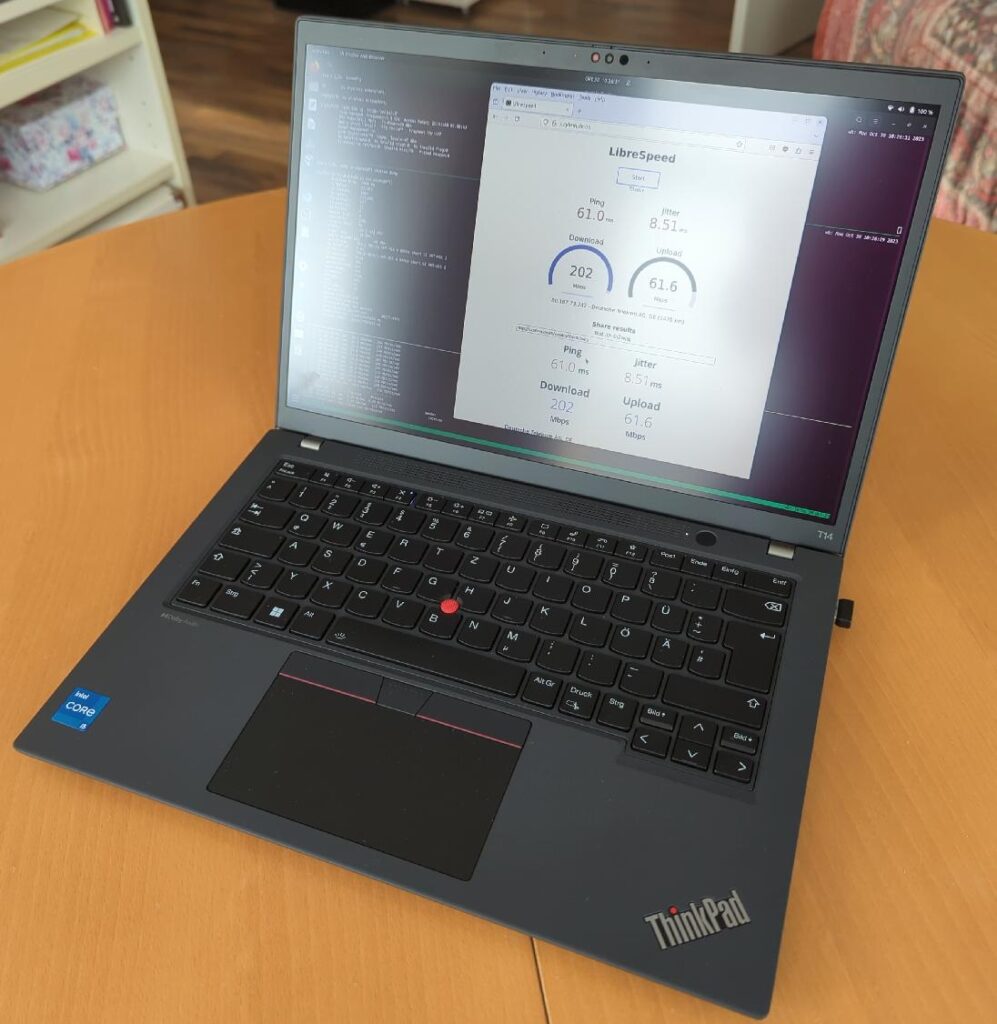It’s 2023 and so far, I was still using the POP3 email protocol for fetching my emails on my notebook. But why on earth?
It pretty much stems from a time when bandwidth on mobile networks was scarce and expensive, so I wanted to be in control when to download email. Initially, I also had a size limit per email in place, but I guess I must have removed that on my notebook a decade ago, once prices became cheaper and mobile networks faster. Not sure when anymore.
But even then, I continued using POP3 for two reasons: First, I liked not to be bothered by new emails instantly and second, I liked the setting that automatically deleted an email on the server after removing it from my inbox. No need to keep my private data on a public server indefinitely. But it seems the tide has turned.
Today, pressing the “check for emails” button feels like too much work. And anyway, my mobile devices check for emails periodically and notify me anyway, so I might as well go that step on the notebook. So here we go, I’ve changed over to IMAP. And since I can still use local folders, most email moves from the server to my local folders the same way as they did with POP3.
P.S.: Yes, I know the world has moved on to webmail, and IMAP is so yesteryear…





